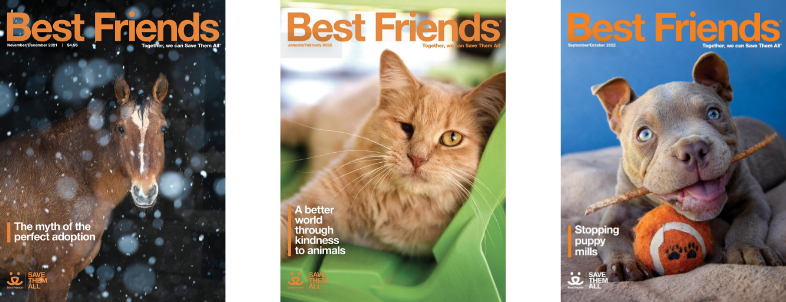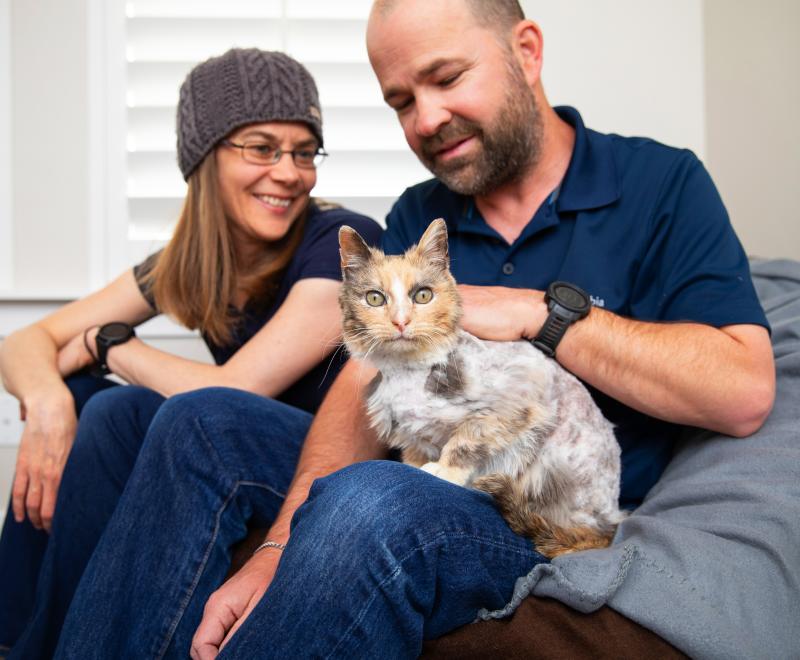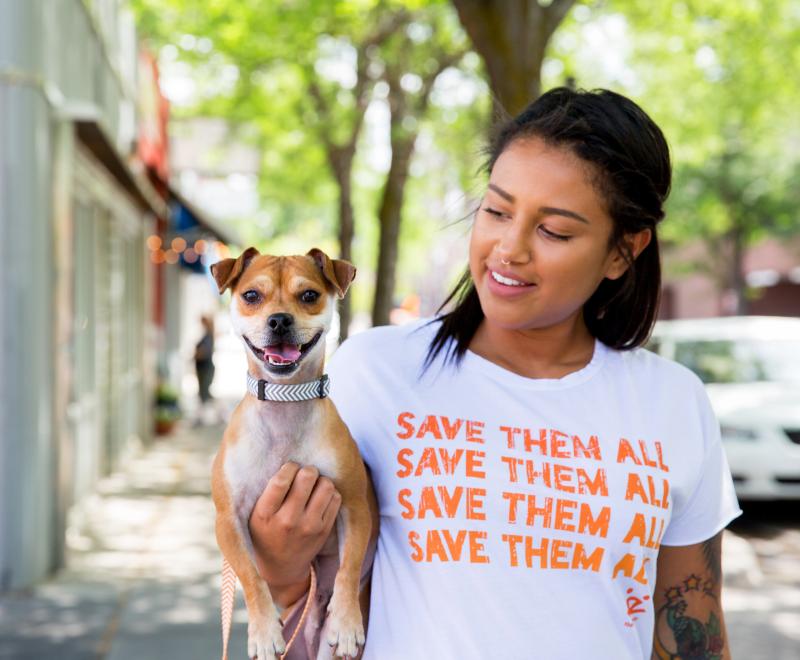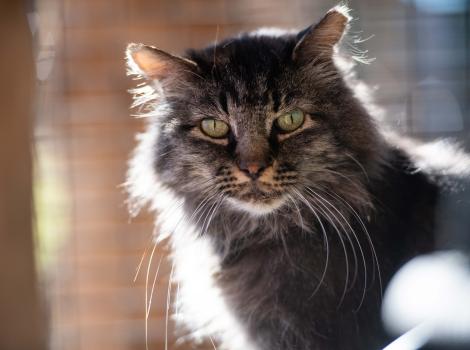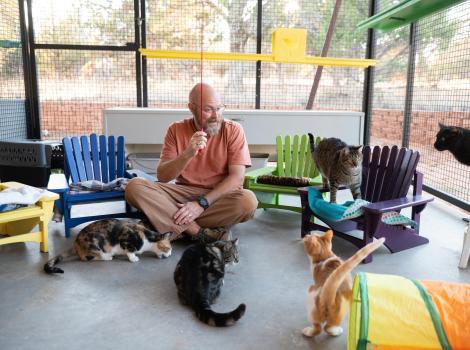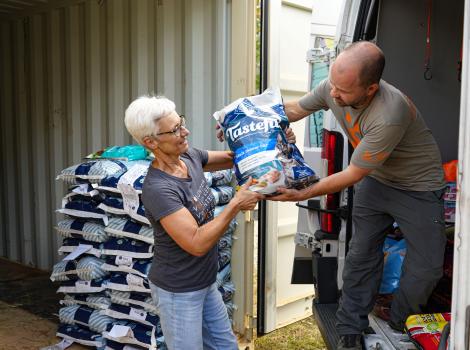Considering animals as neighbors

Every morning, when he was living just outside of Washington, D.C., author and journalist Brandon Keim would go down to the neighborhood stormwater pond, sit with a cup of coffee, and watch the birds.
“They would come for their morning bath,” he told me. “And it was such a wonderful part of my day. I would sit in the little pocket forest there or by the stream where it entered the pond, and every morning the neighborhood birds were there: the cat birds and the house sparrows and song sparrows and mockingbirds and cardinals and starlings and all the rest. They would sit in the shallows splashing their wings, sometimes alone but often in pairs or small groups.”
Keim had his morning ritual, and they had theirs. “They were like the locals at a coffee shop or the gym,” he says. “They were my neighbors.”
There was something about this daily routine that made him appreciate the birds as community. He explains: “They were living their own lives and going about their business just like we humans do. We get up; we do the things we need to do to provide for ourselves. We spend time with the people we care about; we live our lives. And these birds were doing the exact same thing. It wasn’t like they were in my space; we were just sharing a common space.”
This fundamental understanding of our commonality led Keim to explore the nature of this kind of relationship in his book Meet the Neighbors: Animal Minds and Life in a More-than-Human World. Rather than seeing our fellow animals as pets or food or entertainment or “resources,” he says, we can see them as fellow travelers on a planet that we have inherited together and on which we must learn to live together.
When I asked him what it means to be a neighbor, he said: “There are all of these customs and ethics that go around when you live near somebody. You show your neighbors consideration. You help out when need be. You might not be close, you might not be friends, but there is this baseline level of accommodation and respect that characterizes your relationship. All of that goes into the idea of being a neighbor.”
Meet the Neighbors begins with the story of Bee, an injured bumblebee whom a Scottish teacher, Fiona Presly, takes into her house and cares for until Bee is ready to go back outside by herself. Even then, Bee keeps coming back to visit. “She wasn’t looking for anything to eat or drink,” Presly tells Keim. “She would just come and snuggle on my hand. It’s almost as if the company meant as much to her as it meant to me.”
Bee’s story is just one of dozens of anecdotes — delightful, touching, and sometimes plain funny — of people treating the animals they encounter as neighbors. (Check out the story of the raccoon family whose mom figured out what button to press to get in and out of the garage!)
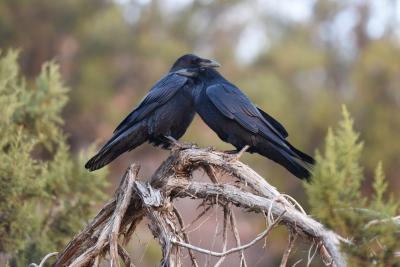
Are we really any different?
The idea that we humans are the only intelligent, thinking, emotional species on the planet was penned most notoriously by the philosopher-zoologist Aristotle, who described humankind as sitting high up on the “scala naturae” (ladder of nature), with rocks on the bottom rung and going up from there to plants to animals to women to men to angels, with the divine creator at the top.
This view began to change radically as science started to reveal ever more clearly the cognitive capacities of other animals and the profound emotions they experience. Keim introduces us, for example, to animals who engage in politics and make democratic community decisions. We vote at the ballot box or by show of hands, but other species have their own ways of voting.
“Red deer groups move only when two-thirds of a herd agrees on a direction,” he writes. And then, “African wild dogs apparently vote by sneezing, with three supporting sneezes sufficient for a pack to follow a high-ranking dog’s request to move, while a low-ranking dog requires ten sneezes of approval. … They’re demonstrating themselves to be not only a group or a population, but a true community.”
[Making a better world through kindness to animals]
In spite of all that we’re discovering, however, the notion of human exceptionalism still persists. While we’re generally OK with the idea that dogs can have individual personalities, we’re less willing to think about what this means when it comes to cows, pigs, chickens, fish, and other animals.
“I grew up catching fish,” Keim told me. “When I was a kid, that’s just what I did. But as soon as I put on goggles and started getting to know wild fish, it opened up a whole new world. One of the things I love doing in the summertime is going for a swim in the river or a pond and just hanging out in the shallows and watching the sunfish. Those were the fish who had been easiest to catch, and as a kid I’d spent many a summer afternoon just yanking them out of the water over and over again. But now I get down there in the water with them and they’re so obviously individuals. Some are bolder; others more shy. But they’re all curious and always swimming up to you and looking you in the eyes. They’ve sort of guided me into a world of thinking about fishes as fellow persons. So yeah, I’m thankful for sunfish.”
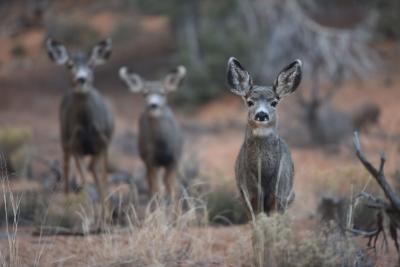
What does it mean to be human?
If you ask the average person what it is that makes us human, they’re likely to tell you about the ways we’re different from other animals. But Keim argues that we’re really not so different. And what we have in common with them is much more interesting and important than what sets us apart.
“When I think about the most important elements of my experience as a human being,” he says, “it really comes down to the relationships I have with the people I care about most. It’s the feeling of shared love and connection and companionship.”
All of these relationships, behaviors, and experiences are common to other animals. And Keim argues that, given what we’re learning about their minds and lives, a relationship to nature that omits these insights doesn’t seem fair.
[Reflections on our relationship to pets]
In a world where we routinely treat our fellow animals as resources for our use and abuse, Keim has a simple answer to the question of what any of us can do to help bring about change: Just do whatever we can for them, whoever and wherever they may be. The point of his book, he writes, is simply “to feed your imagination, to encourage you to think about what else is possible and within your grasp.”
Whether they’re the animals in our homes and backyards, or those who have learned to make a life for themselves in our cities, or those who are trying to cope with the enormous changes taking place in the oceans and forests, they are all, one way or another, our neighbors. More than anything, he concludes, it’s about thinking through what it could mean to see them as fellow people.
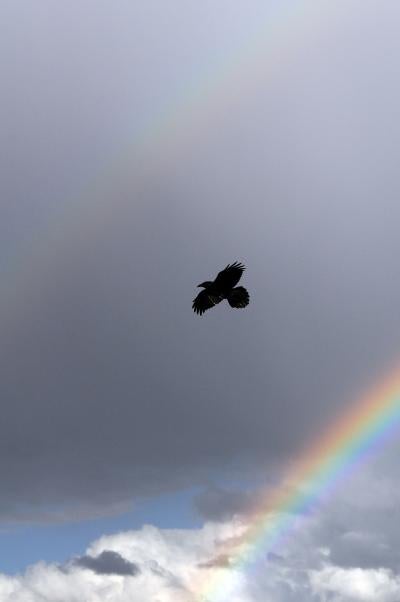
This article was originally published in the July/August 2025 issue of Best Friends magazine. Want more good news? Become a member and get stories like this six times a year.
Let's make every shelter and every community no-kill
Our goal at Best Friends is to support all animal shelters in the U.S. in reaching no-kill. No-kill means saving every dog and cat in a shelter who can be saved, accounting for community safety and good quality of life for pets.
Shelter staff can’t do it alone. Saving animals in shelters is everyone’s responsibility, and it takes support and participation from the community. No-kill is possible when we work together thoughtfully, honestly, and collaboratively.
